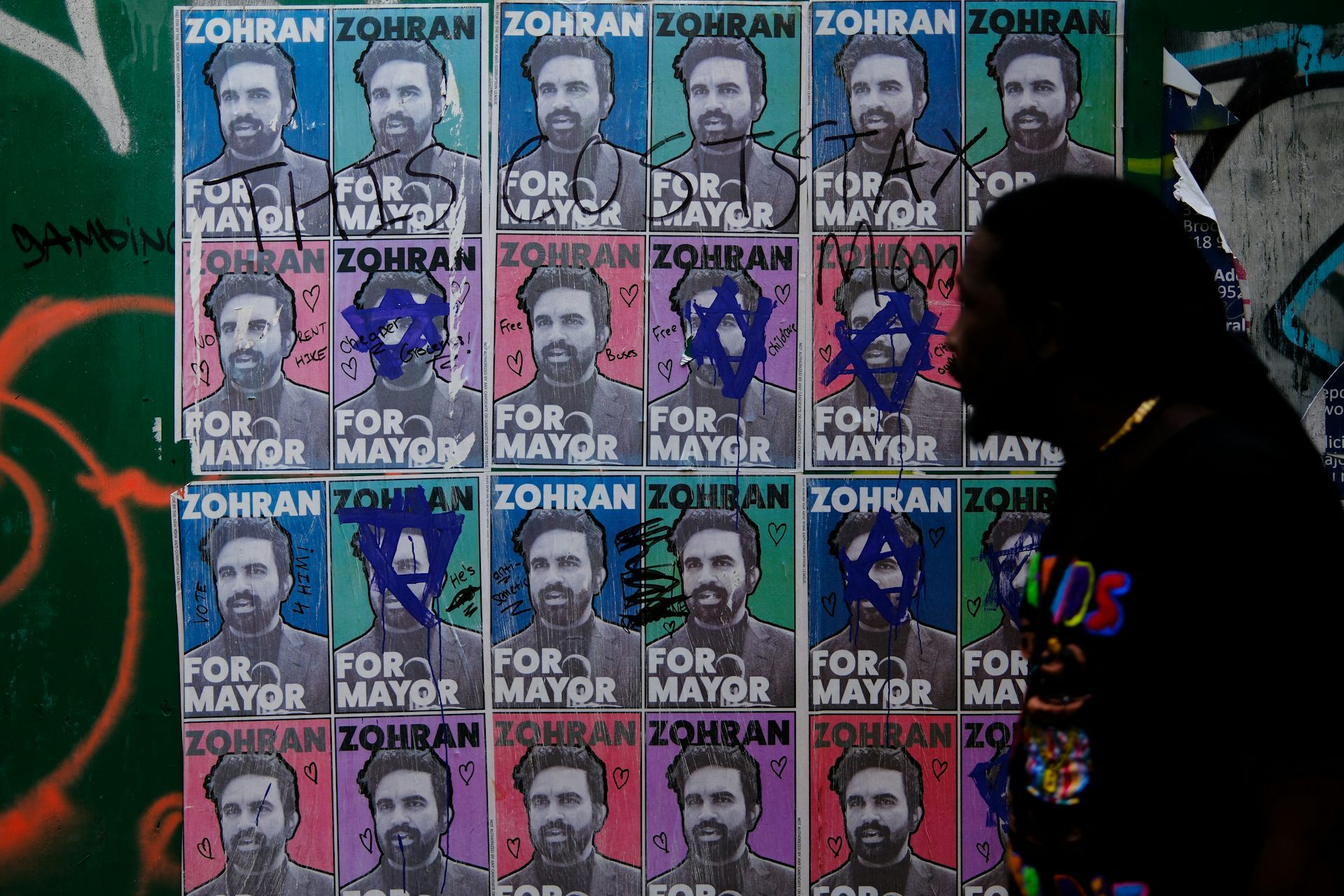‘Homicide: Life on the Streets’ laid the groundwork for Peak TV – and it’s finally available to stre
Due to conflicts over music rights and the high cost of adapting the show to HD, the series had become overshadowed by its spiritual successor, ‘The Wire.’
When “Homicide: Life on the Streets” premiered on NBC in 1993, most network television police dramas were formulaic, cleanly shot and had clear delineations between good and evil.
“Homicide” was different. It featured cops, but you couldn’t always tell whether they were the good guys or the bad guys; its writers played with traditional episode formats; and its scenes were shot on location with handheld cameras in order to give the show a realistic feel.
While TV buffs have long championed the series as a classic, few viewers during the show’s original run seemed to notice or care. “Homicide” suffered from low ratings, interference from the network executives at NBC, and a continual threat of cancellation.
Now, “Homicide” has finally been made available for streaming on Peacock. Its groundbreaking visuals and courageous scripting set the template for the television shows of the 21st century, a golden era of programming sometimes called Platinum TV or Peak TV.
Up close and personal
Paul Attanasio created “Homicide” and based the series on David Simon’s 1991 book, “Homicide: A Year on the Killing Streets.” Simon, then a beat reporter for The Baltimore Sun, had written the book about his experiences being embedded in the Baltimore Police Department Homicide Unit.
But it was executive producer Barry Levinson who masterminded the show’s visceral style.
The Baltimore-born Levinson wanted to capture the city in all of its gritty glory, with shots suffused with trails of cigarette smoke, crumbling row houses and the minutiae of cops’ day-to-day lives.
He did this by shooting on 16 mm film, which is a favorite of documentary filmmakers. When developed, the film’s natural grains and imperfections are preserved. Editors then incorporated jump cuts to give the show, in the words of showrunner Tom Fontana, “an energy and a surprise.”
Meanwhile, writers eschewed flashy car chases and instead explored the thankless and morally ambiguous aspects of police work, the kind that can breed cynicism among the cops themselves and toward the profession as a whole.
Scenes were often filmed several times, from different angles and with different emphases. Many of them featured extreme close-ups in order to compel viewers to contemplate the psyche of either the cops or the criminals, an approach that gave the series a cinéma verité, or documentary, feel.
Take, for example, the “Box.” The windowless room where the cops dress down and grill suspects appears in a number of episodes, and the filmmakers were keen to evoke the claustrophobic feel and look of an actual interrogation room.
In fact, one of the show’s most famous episodes, “Three Men and Adena,” which is centered on the investigation into the rape and murder of 11-year-old Adena Watson, takes place almost entirely in the Box.
A new kind of police procedural
In conjunction with its unique visual style, “Homicide” structured its episodes to better reflect the rhythm of actual police work.
Most police procedurals follow a similar formula: During the cold open, a murder is discovered. By the end of the episode, the murderer has been caught.
Crimes don’t work like that, though – and neither did “Homicide.”
In the series, crimes might appear at the beginning of an episode, in the middle of one, at the end, or not at all. Murder investigations might last a single episode or, in a precursor to serialization, span several episodes.
One episode from Season Six, “The Subway,” begins with a man being shoved off a station platform. He’s pinned between a Baltimore Metro train and the platform, and his spine is severed. He has about an hour to live, and the homicide detectives have the length of an episode to figure out who pushed him and why.
On the other hand, a number of Season One episodes investigated the rape and murder of Adena Watson. As the season progressed, the cops circled ever closer to her assailant without finding the necessary evidence to convict him.
Like the Box, “the board” was a recurring cue. A white board in the background of the precinct, it kept a running tally of cases, with those written in black considered “closed,” while those written in red were “open.” Since murder investigations might cross multiple episodes, the board was a way for both the cops and the viewers to keep track of open and closed cases.
Not every case was changed from black to red by the end of the episode; in fact, murders were often never solved.
This had the effect of pushing back against the finality of the 60-minute network television episode, while also hammering home the futility of police work. Two decades later, “Battlestar Galactica” would use a similar tally system, with the number on that white board representing the number of humans still alive as robots attempted to wipe out humanity.
Death and resurrection
“Homicide” was canceled in 1999 due to low ratings. Nonetheless, it served as a launching pad for its cast and crew, and the prestige shows that grace television screens today.
Its breakout star, Andre Braugher, who would go on to play the beloved role of Raymond Holt in “Brooklyn Nine-Nine,” played a brilliant detective wrestling with his faith and his sense of purpose. The show also starred Richard Belzer, who would go on to have a long run in “Law & Order: SVU.” Even Robin Williams and a young Jake Gyllenhaal appeared together in the same episode.
“Homicide” was the spiritual predecessor to prestige TV shows such as “The Sopranos,” “The Shield” and “Breaking Bad.” Members of the show’s cast and production team would also go on to create “The Wire,” which many critics view as the greatest television series of all time.
Due to conflicts over music rights and the high cost of adapting the show to HD and 4K resolution, “Homicide” entered purgatory in the streaming era, even as hit series from the 1990s found new homes on various platforms. Memories of the series faded, overshadowed by its successor, “The Wire.”
As all 122 episodes and the made-for-TV movie make their way to Peacock, the show can now finally be introduced to a new generation of viewers.
Summit Osur does not work for, consult, own shares in or receive funding from any company or organization that would benefit from this article, and has disclosed no relevant affiliations beyond their academic appointment.
Read These Next
New York’s wealthy warn of a tax exodus after Mamdani’s win – but the data says otherwise
Research on millionaire migration reveals that social and professional ties matter far more than marginal…
When the world’s largest battery power plant caught fire, toxic metals rained down – wetlands captur
The Moss Landing battery fire became an unintended experiment – showing how burning lithium-ion cells…
Guinea-Bissau’s military takeover highlights the nation’s sorry history of coups and a deepening cri
The takeover was the 11th successful coup d'etat in Africa since just 2020, and the latest destabilizing…




